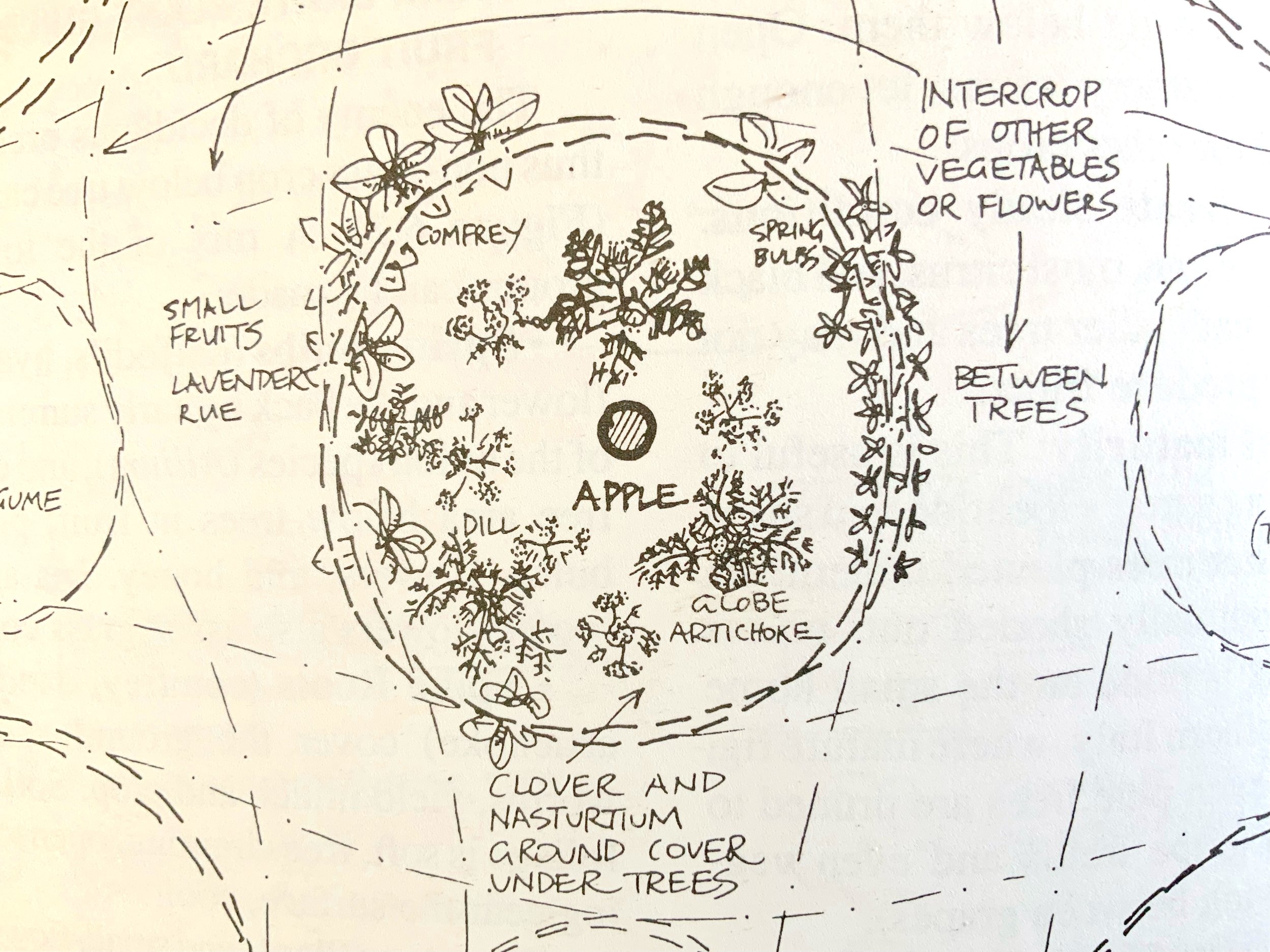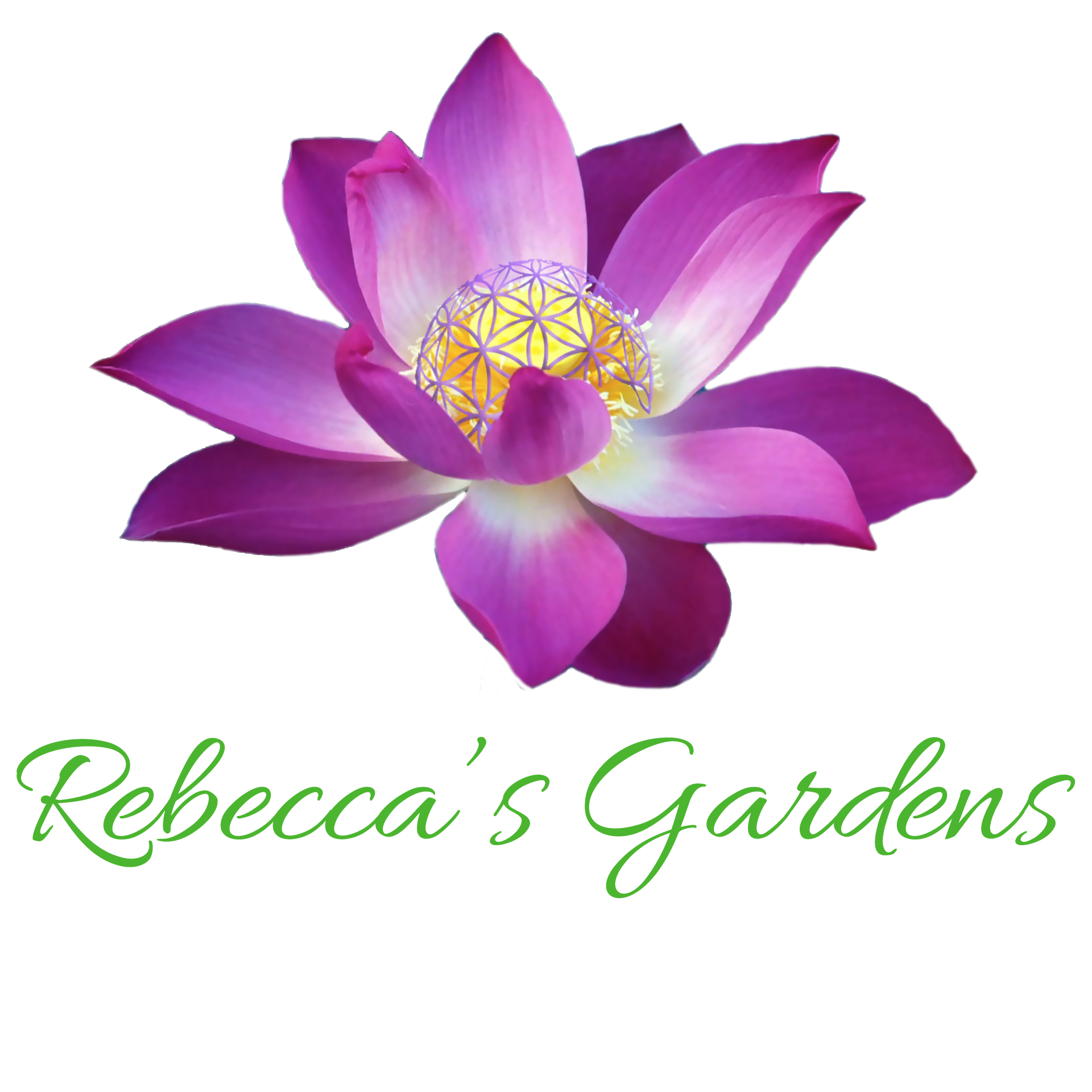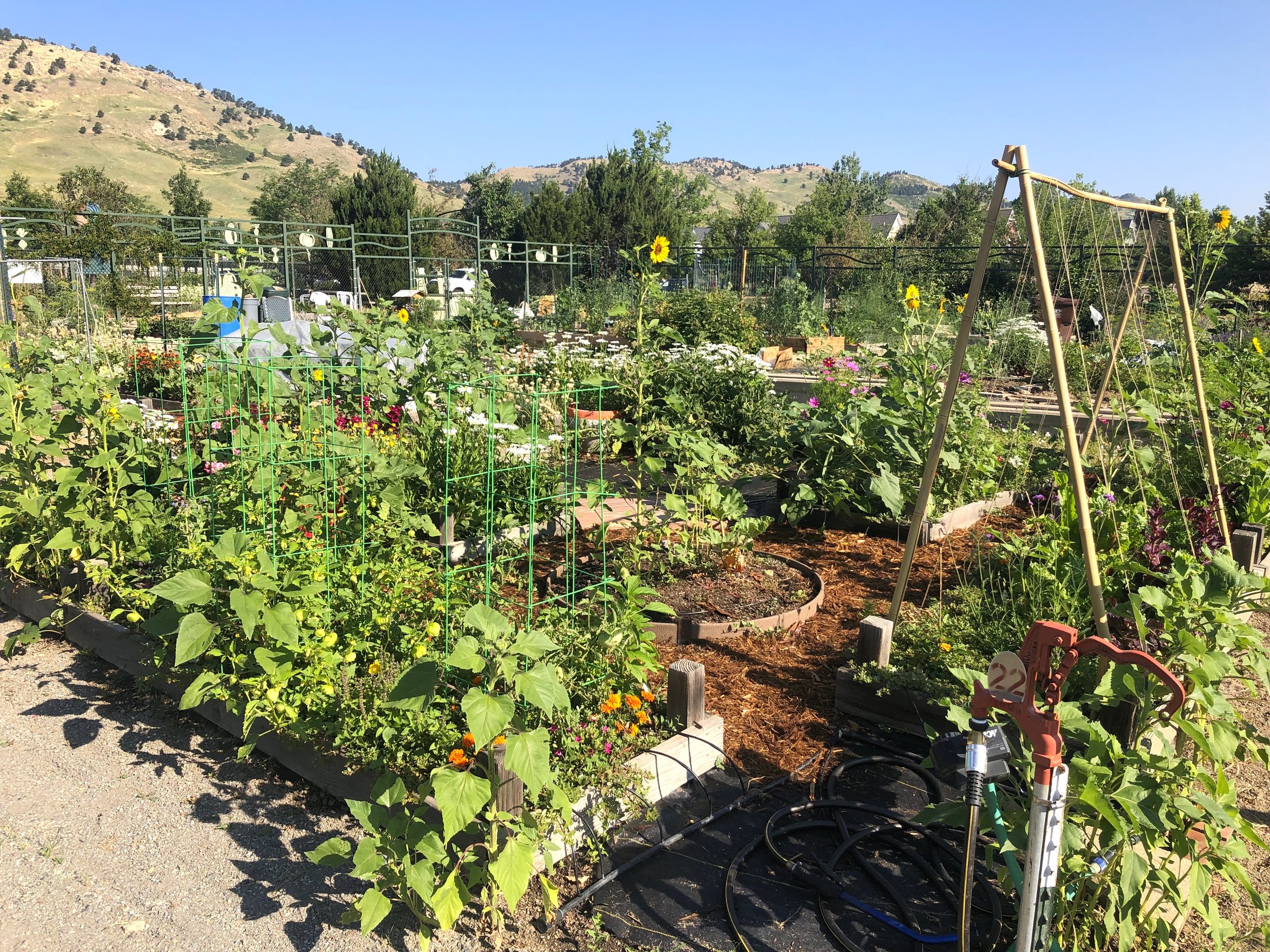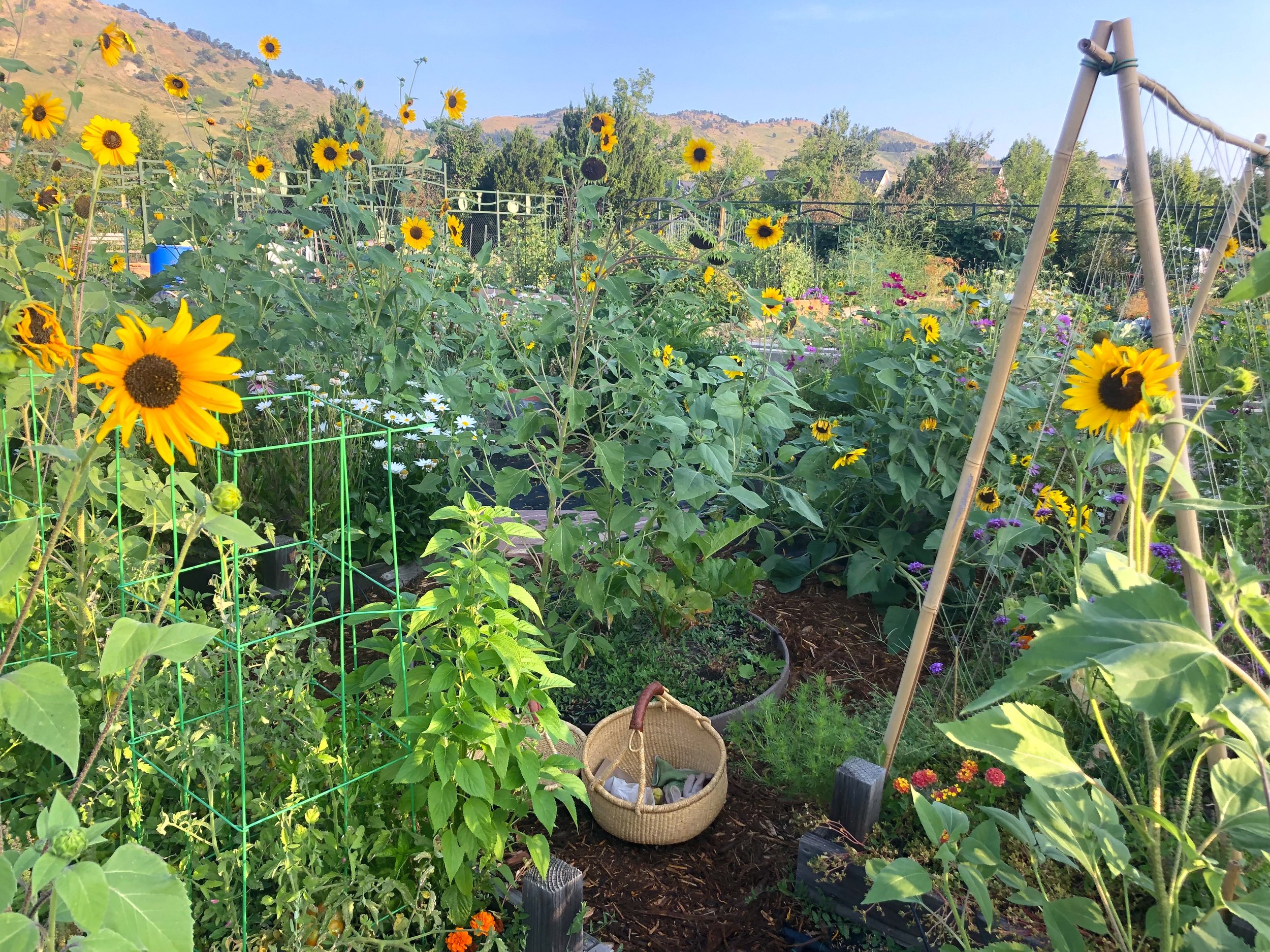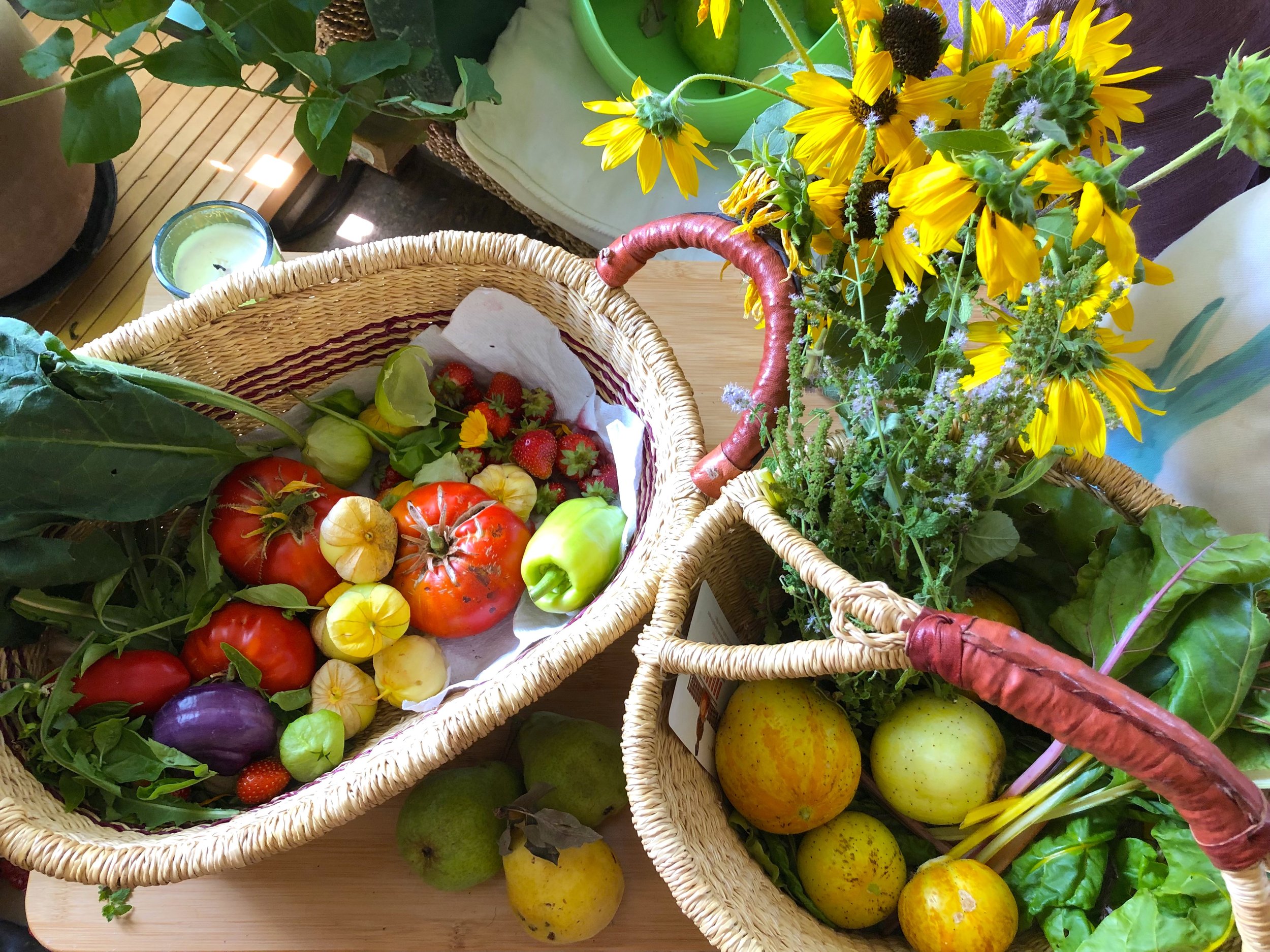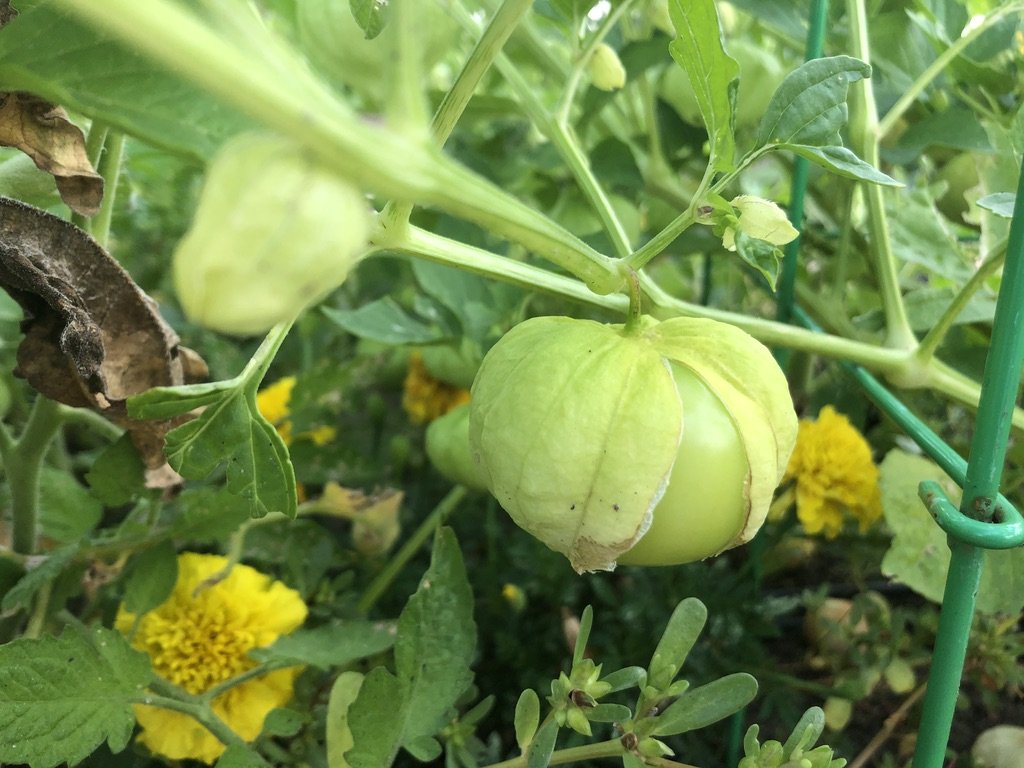Your Local Address
Your Garden Topics Of Choice + Seasonal Tips
SUCH AS (BUT NOT LIMITED TO)…. DESIGN | SCHEDULE | PLANT + MATERIAL LISTS | CARE + MAINTENANCE | RECOMMENDATIONS | RESOURCES
AND SO MUCH MORE
Sample Veggie Garden Design
HIGHLIGHTS FOR CULTIVATING THE BEST IN YOUR GARDEN
COVER CROPS
Cover crops help to nourish the soil in early spring or can protect soil over winter. Oats, buckwheat and vetch help prevent soil erosion, reduce water loss and enrich soil. These cover crops can be planted in beds early in the season, before crops are planted to add nutrients to soil, or at the end of the season after harvest, to improve the soil for the next growing season.
CROP ROTATION
Every plant gives and takes different nutrients in the soil where its planted. Let’s use tomatoes as a good starting place for example. A good goal in your environment is to switch up where your tomatoes are planted so as to allow other plants to replenish the soil in that area or bed and likewise to minimize the risk of perpetuating adverse soil conditions. This is a mini example of what happens on large monocrop farms where soil becomes depleted without biodiversity. It’s a good idea to rotate the tomatoes — and your carrot/beet/leafy greens for that matter — for the best use of soil nutrients from season to season. Feel free to research more online and experiment yourself to find your ideal results.
COMPANION PLANTING
While there are many definitions of what makes a healthy ‘plant guild’, essentially we are looking to create a polyculture by placing species (vegetable, flower, herb) that grow well together, are chemically beneficial for one another, as well as some that attract pollinators and/or some that repel pests.
We’ll give you some of our suggestions for your unique garden. Diversity is key, so play around with your senses — imagine what you’d like to see, smell, taste, or use, or experiment to find what suits your garden best. Here is a link to a good companion plant search, if you get curious about what would grow best with each specific species: https://www.epicgardening.com/?s=companion+plants
TRELLISING
While Boulder is high-and-dry, if you wish to avoid mildew, then trellising your vines is a helpful way to go. On a trellis, the fruits and veggies are easier to see when ripe and to pick. Another creative suggestion might be to create an arched trellis between beds. You can find how-to videos and recommendations for many options below. Be creative and have fun.
MULCHING
STRAW is the best mulch material for your veggie garden. (NOT HAY). Although they may look similar, straw and hay are different in one important feature: Hay, which is grown to feed animals, contains seeds. If used as mulch, these seeds germinate and create a weed problem. A good quality straw contains few seeds. Leaves, ground to a fine consistency can also be sprinkled as a mulch. Make sure any material you use in your edible gardens is either biodynamic or organic and has been grown free from chemicals or chemical fertilizers, including the groundwater in the area.
LIVING MULCH Short green plants like buckwheat, alyssum and clover can be used to cover soil between taller plants and keep weeds from growing, while enriching the soil and attracting beneficial insects. In fact, many of these are prized for their use as lawn alternatives. Check your microclimate requirements and each plant’s growing preference to make sure they will grow where you intend.
TREE BARK Gorilla hair mulch is a hairy type of shredded tree bark widely used as a garden mulch. Depending on your preference for using weed barrier material, this is a good one to use a strip of weed barrier or weed mat under for smaller walkways. This mulch settles down into a matt that is wind resistant and at the same time creates a soft thick layer to walk on that doesn’t allow as many weeds to propagate as gravel.
Wood chips are a fine option for walkways. Do NOT add them as a cover to your veggie gardens, though, as wood and bark can lock in nitrogen from the soil keeping it from the growing plant roots that need it.
Fruit Tree Guilds
A FOCUS ON BALANCING YOUR GARDEN FOR INTER SPECIES SYNERGY, HEALTH + HAPPINESS
Guild lists courtesy of Rebeccas Gardens for Front Range microclimate species.
Images courtesy of Introduction to Permaculture by Bill Mollison for spatial layout.
Apple Tree #1
BEST FRIENDS OF APPLE TREES - Initial Grouping
Apple Tree #2
BEST FRIENDS OF APPLE TREES - Different Grouping for Biodiveristy
Peach Tree
BEST FRIENDS OF PEACH TREES
Pear Tree
BEST FRIENDS OF PEAR TREES
How Do Plants Work Together?
DEFINITION A plant guild is a community of plants that grow and support each other by recycling nutrients back into the soil, providing shade and conserving water, attracting beneficial insects, repelling pests and diseases, building soil, and preventing erosion. In other words, they’re like each other’s best friends helping to share their unique skills and benefit the collective in their little location (aka micro-climate). They each help one another to be their best in the bio-chemistry and ‘social’ environment.
DRIP LINE LAYOUT Main guild plantings are spaced most prominently within the circular area that defines the ‘drip line’ of the tree. The drip line is the area within which rainwater drips down from the trees leaves, forming a circle on the ground around the outer edge of the trees branches, mirrored by its root system underground. Just within the drip line is the area where the roots of the tree will most actively integrate with companion plants. This is because the tips of the roots are the most active and are always located near the drip line, reaching further out as the growth of the tree evolves. Specifically, this is where the tree has the most synapses for interchanges within the soil, including water and nutrient uptake. Additional plantings may fill the space outside the drip line or the space that defines the garden between trees.
Aesthetically, your creativity is primary! But in addition to your garden artistry, here are the logistical components that may help you decide what will go where for the needs of your unique guild or garden:
6 Main Balancing Components To A Guild
√ ATTRACTORS Great for bringing pollinators to the garden! >> Cosmos, Catmint, Sunflowers, Valarian, Sages/Salvias, Zinnias, Snapdragons, fennel, dill, lavender
√ REPELLERS Pest deterrents are a must as well. >> Allium (aka onion-family like Leeks, Chives), Garlic, Oregano, Geraniums, Marigolds, Mums, Daffodills, etc
√ NITROGEN FIXERS The ‘fertilizer’ for your tree, pulling nitrogen into the soil. >> Clover, Vetch, Legumes (clovers, beans, peas, lentils, peas, chickpeas), silverberrry
√ MULCHERS Can be cut and sprinkled around the tree like mulch which helps with water retention and soil protection. >> Comfrey, Vetch, etc, or hay or woodchips.
√ ACCUMULATORS Rejuvenate the soil by pulling up and replenishing nutrients. >> Borage, Comfrey, Chickweed, Yarrow, Nettle, Strawberries, Sorrel, Vetch etc
√ SUPPRESSORS Help suppress weed growth, like ground covers with interwoven root systems. >> Clover, Thyme, Sedum, Strawberries, etc
What Grows Well with Fruit?
FOR EXAMPLE… WE’LL INTRODUCE YOU TO A FEW GUILD STAPLES HERE SO YOU CAN SEE WHAT THEIR SPECIALTY IS IN HELPING BALANCE THE GARDEN.
PLEASE REFER TO YOUR GUILD LISTS ABOVE FOR MORE VARIETY SPECIFIC TO YOUR MICROCLIMATE:
Comfrey – Comfrey roots grow deep into the ground, helping to pull nutrients and minerals from the soil. Because it’s such a vigorous grower, comfrey out competes weeds. Freshly cut comfrey serves as rich, nitrogen-rich mulch. Be sure to plant comfrey where you want it, because once established, it’s probably going to be there for a very long time.
Marigolds – Marigolds attract pollinators, but that’s just the beginning. These cheery plants also discourage nematodes in the soil and a variety of other pests above the soil. Marigolds tend to self-seed, so you may need to plant them only once.
Lupine – Lupine is a member of the legume family and, like all legumes, it fixes nitrogen in the soil. As an added benefit, the beautiful blooms attract several species of butterflies. Other types of legumes, including peas or beans, can provide the same results.
Nasturtiums – Nasturtiums are believed to discourage codling moths, a scourge that can plague several fruit trees, including apples. Plant nasturtiums seeds at the base of trees.
Hyssop – Hyssop is an attractive herb with a bitter aroma that discourages pests. Hyssop makes a great companion plant for all types of fruit, including berries.
Chives – Chives produce pretty blooms that attract bees and other pollinators, but the onion-like smell keeps pests at bay. Garlic provide similar benefits.
Echinacea – Echinacea is a pretty, drought-tolerant daisy cousin. The long taproots loosen the soil and make deep nutrients and moisture more available to fruit trees.
Lavender – Lavender smells great, but the aroma confuses pests and often sends them packing. Rosemary has a similar effect, and both attract pollinators.
Fennel – Fennel is an herb that attracts parasitic wasps, beneficial insects that help control a number of pests. Dill, mint, basil and coriander provide similar effects, and you can also snip a bit of these herb plants for use in the kitchen.
Your Planting Schedule
BY GARDEN BED ~ WITH TASTY VARIETIES
Our plants are selected with your microclimate in mind— including sun, soil, and water conditions, species variety, seasonal fruiting or bloom times, companion planting, nitrogen fixers, pollinator attractors, natural pest resistance, aesthetics and overall balance. With over a decade in the industry working on the front range in this high alpine zone, we believe these selections are well suited to bring your garden to life. Planting can be partly intuitive and also counter intuitive. If you have any additional questions, just reach out.
More In Detail + Microclimate Basics
High Altitude Schedule ‘At A Glance’
Garden Care
Additional Products + Local Vendors Recommended By Rebeca’s Gardens
for horticultural and vegetable gardens
NATURAL WEEDING OPTIONS
Click the links to read more or find out DIY tips
• Best Applications for Vinegar
Garden Maintenance
TBD BASED ON RECOMMENDED DESIGN + PLANT LIST
Irrigation Set Up Options
“Water is life.” Make sure your vegetables get plenty of it at the roots and at regular intervals for best results.
FOR EASY REFERENCE: HERE IS A SAMPLE SET UP FEATURING 1/4” DRIP LINES RUNNING THROUGH GARDEN BEDS FROM A 3/4” MAIN LINE
VIDEO NOTE: This is a good walk through of the various components and functions. You do not need to use PVC pipe by any means; Drip tubing is just as efficient for small gardens and easier to set up.
DRIP IRRIGATION TUBING
You’ll need just two sizes of tubing to set up your drip irrigation system:
• 1-2 rolls of 3/4” main line (polyethylene tubing). This usually comes in 50’ or 100’ rolls. 3/"4” refers to the diameter of the tubing. Smaller size tubing is also used, such as 1/2” or 3/8”. However, 3/4” is standard for a main line, will help regulate your water pressure more efficiently, and is typically more durable and lasts longer.
• 4-6 rolls of 1/4” ‘distribution’ tubing. Also known as ‘spaghetti line’ or ‘soaker hose’, but instead of being the version that is actually made of a mesh that soaks, it has small holes distributed along its length at intervals of 6” or 12” options. We recommend going with the 6” for a small densely planted raised bed, and a 12” is useful for more widely spaced horticultural borders for example.
Building Soil
SOIL STRUCTURE + AMENDMENTS
The health of your plants is first and foremost about the health of your soil.
After spring clean up, and before adding seeds or starts, it is highly recommend to:
1) OPTIONALLY Aerate or till the existing raised bed soil. In a raised bed specifically designated for use as a vegetable garden, it can be difficult to apply a no-till practice. In this case, it’s fine to balance structure and provide nutrients by adequately loosening up and amending the soil.
BALANCE YOUR SOIL STRUCTURE WITH THESE ELEMENTS
2) Add a moisture-retaining element such as rice hulls, pearlite, or vermiculite (expanded shale). If you want to support a local reseller, these are available at McGuckins. The volume needed will depend on your square footage as well as any unique microclimate influences of note.
The gardener’s goal here is to create a loamy soil strucure (an equal balance of sand/silt/clay). We’re going for the “goldilock’s zone” of not too heavy, not too light, but just right, with good moisture retention. Here’s how to identify what general soil type you may be working with and now to balance it:
→ DENSE DIRT OR CLAY If you soil is overly dense, compacted, or has a high clay content, you’ll want to lighten it up. For this, you can use rice hulls, pearlite, and/or vermiculite. These elements act to retain moisture by wicking and dispersing, making it available to the roots in a more even distribution over a longer period. Coconut coir and spanghum moss also provide a lighter weight to the surrounding soil media thus aerating and lifting the density.
→ SANDY SOIL If your soil is too sandy or dry dusty silt, water may run through it too fast, or it may not cultivate the density necessary to support the kind of microbial activity that will truly nourish your plant roots. So you’ll want to create more moisture retention and build up the structure slightly. In this situation, coconut coir acts as a fine moisture retention element, or you could use vermiculite for even more retention. Consider removing a % of the existing media and/or adding raised bed soil to bring the structure into balance.
For moisture balance, remember this general rule of thumb: Use rice hulls, coconut coir or perlite when you want better drainage and aeration. Use vermiculite when you want more moisture retention.
What’s Your Starting Soil Type?
Use Amendments To Balance Soil Structure
Here’s What A Healthy Balance Might Look Like
NEXT FERTILIZE YOUR SOIL WITH
COMPOST + NUTRIENTS
There is a difference between soil and dirt. Dirt can be any media such as sand/silt/clay, but it lacks the living microbes or fungal networks that create the ‘soup’ of life within which plant roots symbiotically thrive. Soil, on the other hand, can have a base of the same media, yet it is ALIVE, providing a living soup for such organisms. Soil has a balanced structure, density, and most importantly: the biodiversity necessary to support a living eco-system thriving within. Here’s how to build biodiversity and healthy structure into your Colorado soil:
COMPOST
3) Add a volume of organic compost suitable for vegetable or medicinal garden use. Start by adding a layer to the top of the exposed soil and then mixing it in. Great composts to use can be anything from Alpaca or Chicken poop from your local farm (make sure it’s not too “hot”), to bagged compost. Here are our recommended bagged planting soil blends, available at local suppliers such as McGuckins:
• The Bomb — Paonia Soil Co
• Sheep ‘n Peat — Earth Essentials
• Ocean Forest — Fox Farm
FERTILIZERS
4) Add nutrients that help plants grow. Your typical fertilizers will have a blend of Nitrogen—Phosphorus—Potassium (N-P-K). Together these provide a spectrum that meets plant needs. You can also add other natural elements such as worm castings, bat guano, fish or kelp emulsion, blood or bone meal. Keep in mind that each of these has their own ratio, so make sure it’s what your plant needs before applying. We recommend the following brands:
• Root | Grow | or Bloom — Age Old Organics
• Hemp Dress — Key To Life
ADD WATER SLOWLY AS YOU MIX YOUR SOILS
5) Slow water. Let the amendments soak down with slow watering (to avoid fast runoff) before planting. Soaking, rather than spraying, will give your soil time to sink in and begin to come to life. Make sure the water soaks deeply down and doesn’t just sit in the top few inches of your soil.
PLANT YOUR SEEDS + STARTS
6) Now your seed and starts are ready to be planted. By nurturing the soil before planting, you increase the success rate of your introduction, robustness, and longevity of your new plants, as well as contribute to a healthier ecosystem.
We Suggest The Following Additional Channels As You Learn The Art/s Of…
Soil
Trellising
Cultivating Tips
Beauty + Inspiration
Be Sure To Visit Us At Geoflower Farm For Hands On Classes
Come Practice Gardening + Regenerative Ag With Us
At Geoflower Farm — Details At Our Sign Up Page:
Starting In March:
• HONORING YOUR SACRED INNER NATURE
ONCE A WEEK — 6 SESSIONS, MARCH—APRIL — FRIDAYS FOR 3 HRS
• BUILD A SACRED GEOMETRY INSPIRED GARDEN
ONCE A WEEK — 4 SESSIONS: MID MARCH— EARLY APRIL — SUNDAYS FOR 3HRS
Starting In May:
• GARDENING 101 — SEASONAL OVERVIEW + PRACTICES
ONCE A MONTH FOR 5 MOS MAY — SEPT ON A SATURDAY FOR 3 HRS
• SUMMER ON THE FARM — KIDS PROGRAM
“Always more to learn… see you in the garden!”
As Well As Other Recommended Local Growers + Vendors
These are our peeps! We’re pleased to share the health and the wealth of opportunity among these associations from our many professional and social circles. Rebecca’s Gardens and Design makes it our goal to stay as consistent as possible with the larger picture holistic ecological values for plants, people, and our planet. Thank you for your commitment to sourcing biodynamic or organically grown plant species or varieties, soil, or other products.
Recommended Service Specialists
Here are our trusted referrals for related services. Please call each directly to schedule as needed.
ONLINE COMMUNITY RESOURCES
We just want to give you a heads up on this additional free resource. How-To videos, and timely information on more than 600 horticultural topics. Sponsored by Colorado State University Extension, Denver Botanic Gardens, and Green Industries of Colorado.
Your Photo Album
MARCH … Be sure to take before, during, and after pics so you can record your progress!
PICTURE ALBUM FOR SPRING 2024 GARDEN … TBD
We’re so excited for your gardening journey this season! May your plants and hearts grow in abundance, wisdom, and joy. May you learn from mistakes and celebrate your adventures. Like any good life, gardening is a journey… who we become, what we create, and how we enjoy the process on the way to our goals is the real treasure. So do your best, try something new, and you know where to reach me if you have any questions, or ideas for help along the way. Enjoy!
~ Rebecca & Team
MARCH - Waiting for the weather to warm
APRIL - MAY - Good Growth happening
JUNE- JULY - Abundance of sunflowers + pollinators
MID - LATE SUMMER - Yay! Harvest Time
DETAIL - Tasty ground cherries


